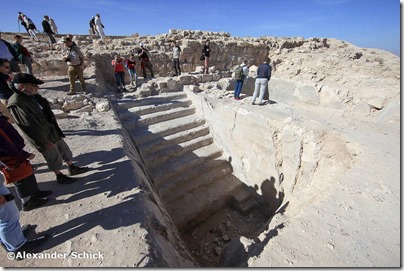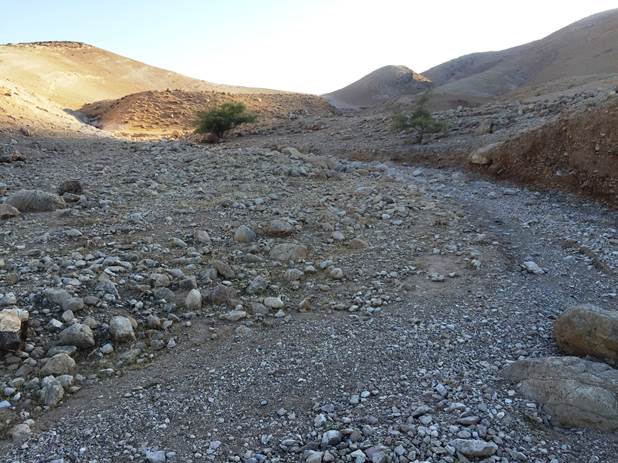Archaeologists working in central Israel unearthed the Middle Bronze predecessor of Rodin’s “The Thinker.” High-res photos and a video are available here.
Archaeologists are speaking out against the construction of a mixed prayer area in the Jerusalem Archaeological Park south of the Western Wall prayer area.
“A necropolis and residential settlement were uncovered Tuesday in Abydos in Sohag, almost 400 kilometres south of the temple of the New Kingdom pharaoh Seti I.”
Divers have discovered the world’s oldest harbor in the Red Sea along the coast of Egypt.
The Kom Al-Shoqafa catacombs in Alexandria were not flooded, as some reports claimed.
A writer for The New Yorker visits the full-size replica of King Tut’s tomb in Egypt.
“The Egyptological museum search is a PHP tool aimed to facilitate locating the descriptions and images of ancient Egyptian objects in online catalogues of major museums.”
“Objects Come to Life is a physical and digital exhibition of the Eton Myers Collection of Egyptian Art, on loan to the University of Birmingham, which explores the importance and intrigue of private collections of ancient artefacts.”
An Israeli court has ruled that the names of Israeli archaeologists working in the West Bank can stay secret.
Luke Chandler has opened registration for next summer’s tour of Israel. He also reports on some sessions he attended at the recent ASOR conference.
Accordance is running a Black Friday sale through Monday. One new e-resource is the Satellite Bible Atlas. This version features all of the hyperlink and search enhancements you would expect from Accordance.
Wayne Stiles is running a Black Friday audio blowout through Sunday night.
Carta is offering a 25% discount on the forthcoming The World’s Oldest Alphabet: Hebrew as the Language of the Proto-Consonantal Script, by Douglas Petrovich, with code 25-off.
HT: Agade, Joseph Lauer, Ted Weis, Charles Savelle, Ferrell Jenkins
Alexander Schick sends along a photo of a newly discovered mikveh (ritual) bath at Herod’s palace at Macherus.

